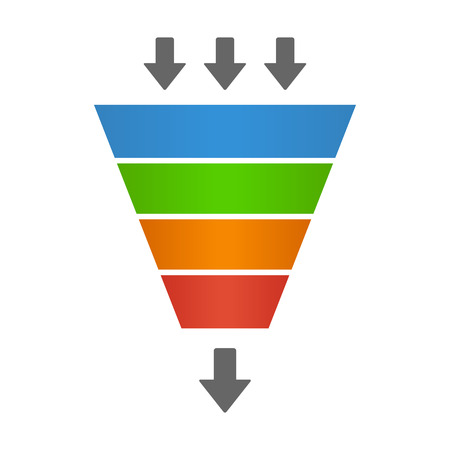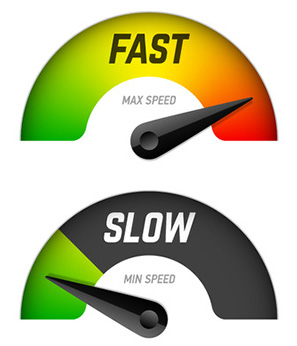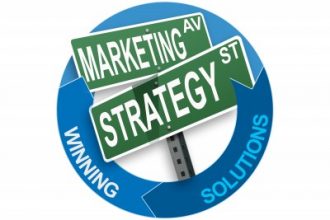Free or low cost services to get you a web site abound. Why should you choose a firm like EduCyber and pay them a lot more instead of getting your free web site?
But there is a new question you should consider when it comes to your website:
What is the Total Cost of Ownership (TCO) of your website?
Let’s break this down into the two basic parts:
- What are the resources needed (your investment)?
- What is the return you expect or need from that investment?
The answer to the first question seems clear: For a Wix or SquareSpace or PageCloud site, your cash investment is very small. Or is it? The resources needed to navigate these DIY sites are both time and expertise. Do you have the time to devote? If so, do you have the technical expertise to understand design, layout, html, site flow, integration with 3rd party applications, and conversion optimization to name just a few of the areas you need to understand to create an effective web site? If so, then good for you but might I also suggest you start (or come to work for) a website design company?
If you don’t have this key resource – expertise – then you can of course hire an outside company to do your site for you on one of these platforms. But honestly, if you are going to hire someone anyway, why not hire a firm that can build you a web site that you own? Did you know that? You can of course build your site on one of these platforms but then when your time is tied up in your business and you want to move your site somewhere else, what happens? Oh, you are stuck with that platform and service. Or you get to start over again.
One of these platforms brags that you can “layer, resize, rotate, stretch and more” but what happens when you have no idea what layer means? Or if you don’t understand the importance of resizing your images? Another of these platforms has its own app market. Hmm. A free web site that has a market? Sounds like the ole’ bait and switch scheme to me. Sure it is free. Until it isn’t.
So yeah, for a low low price you get your own website. But then we need to answer the second question, what is the ROI?
At its base level, the question is “Would you prefer to pay $240 / year for a web site that brings in no new clients or would you prefer to pay $7500 for a web site that generates $75,000 / year in sales?” If you view your web site as an expense, then by all means, go with one of the free or low cost firms. Interestingly, I don’t see any information on any of the low cost sites on ROI. A firm like EduCyber on the other hand will walk you through, from the design process on, understanding what your expectations are (and helping you set them if you haven’t considered it) as far as how your site fits into your business model and how it can help you grow.
We have in depth conversations with each of our website design clients about how we can help them grow – attract and retain more customers – via their website. And we design them accordingly. Would you like a 300% return on your investment in one year? We have done that for a client. Would you like to increase your subscriber rate two-fold or five-fold? We help you determine what makes sense and then build your site to do that.
So what is the total cost of ownership for your site? How much time and how much expertise do you or your staff have? When you want to move your site somewhere else, what will it cost? How do you integrate your CRM into your website using your free platform? What will you do when your designated web person on staff leaves? How can your business grow via your website? What actions do you want people to take on your website?
Answering these questions are important in adding up the total cost of ownership and while the free or low-cost alternatives look attractive from the start, make sure you are prepared for the costs on the backend.
I am often asked how what we do compares to these services. My short answer is “it doesn’t”. If you get the value you want from one of these services, I actively encourage you to go for it. But if you want to be freed up to focus on your business and doing what you do best, I encourage you to consider EduCyber for your web site design.



 The answers to those two questions are “It better be fast” and “It absolutely matters”. There are two main reasons:
The answers to those two questions are “It better be fast” and “It absolutely matters”. There are two main reasons:



 Close the deal: A great way to do business. You can set it so that potential customers, as the last step in the sales process, fill out an evaluation or other form on your site and then close the deal. Closing can be as simple as filling out a form, as rewarding as collecting payment online, or as complex as creating a profile.
Close the deal: A great way to do business. You can set it so that potential customers, as the last step in the sales process, fill out an evaluation or other form on your site and then close the deal. Closing can be as simple as filling out a form, as rewarding as collecting payment online, or as complex as creating a profile.